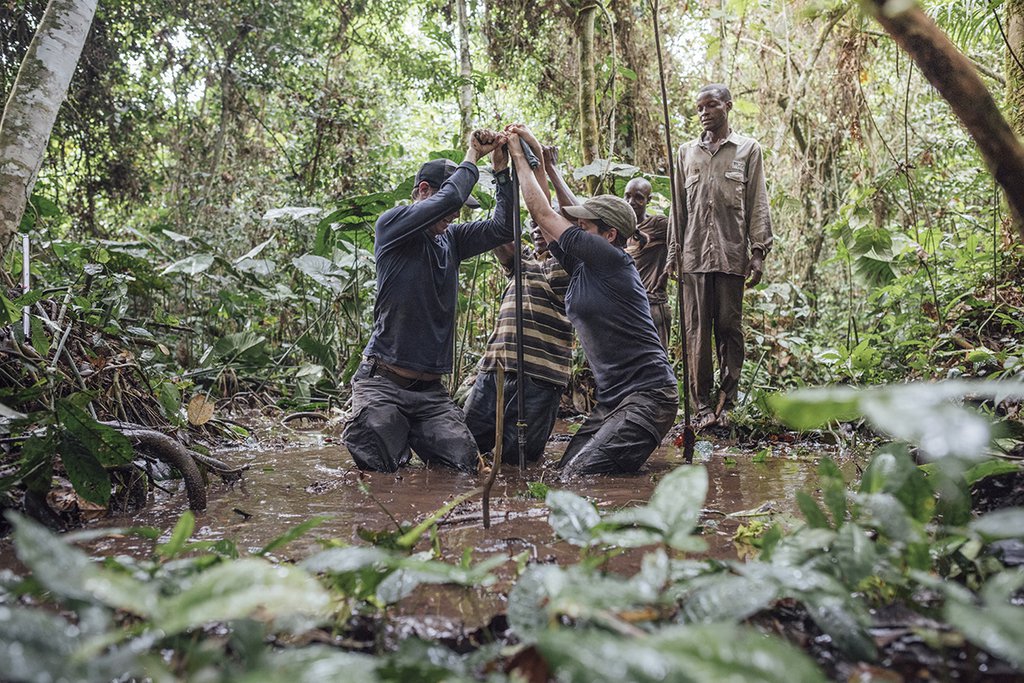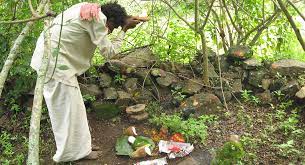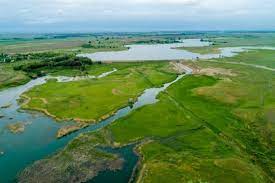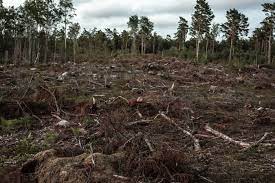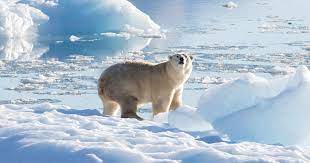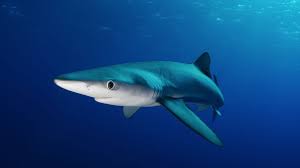The long-tailed macaque is naturally found throughout southeast Asia. Often seen as pests, these generalists are highly intelligent and can survive on almost any food. As a result they have been considered commodities and therefore have been slaughtered for the bushmeat trade and captured as pets throughout many of the places where they are found.
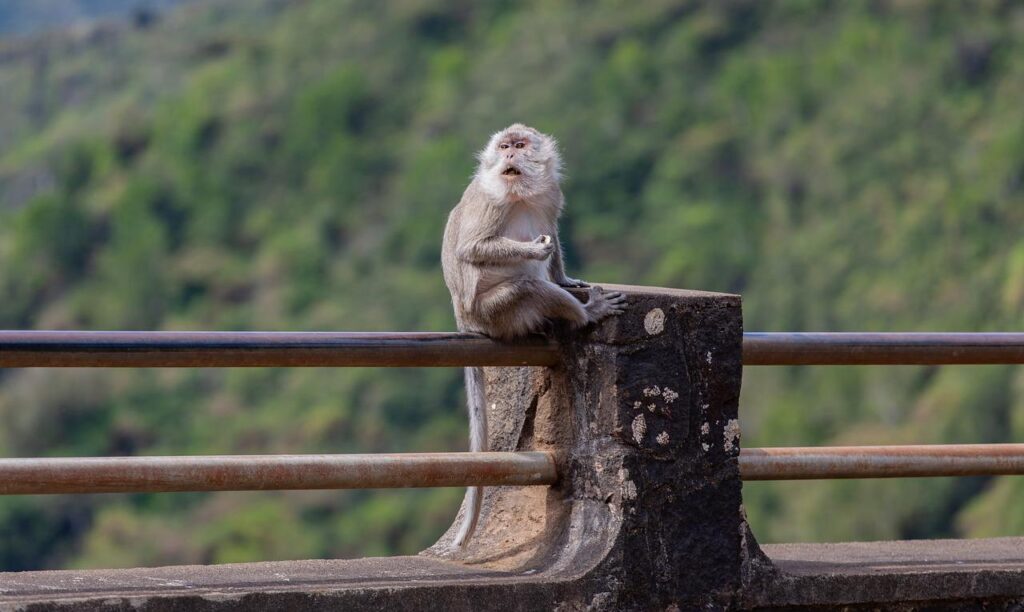
Even rapidly breeding primates are not going to be able to cope with this sort of pressure for long.
It is perhaps the pet trade that is the greatest danger. As with many other complicated pets long-tailed macaques are hard to look after in captivity and often develop behaviours that are difficult to handle. As a result the demand for their capture continues.
Perhaps of greater concern (for humanity, at least) is the fact that illnesses leak between macaques and humans surprisingly easily. Therefore having large numbers of these animals in captivity, in bad conditions, may well be breeding the next epidemic.
It is clear that the place for long-tailed macaques is in the wild in remaining rainforests, not as pets in wealthy people’s homes.
Can this species be saved? If it can’t there seems little chance for us to save many others, nevertheless as with many other species we must rapidly stop over exploiting this animal before it is gone forever.

